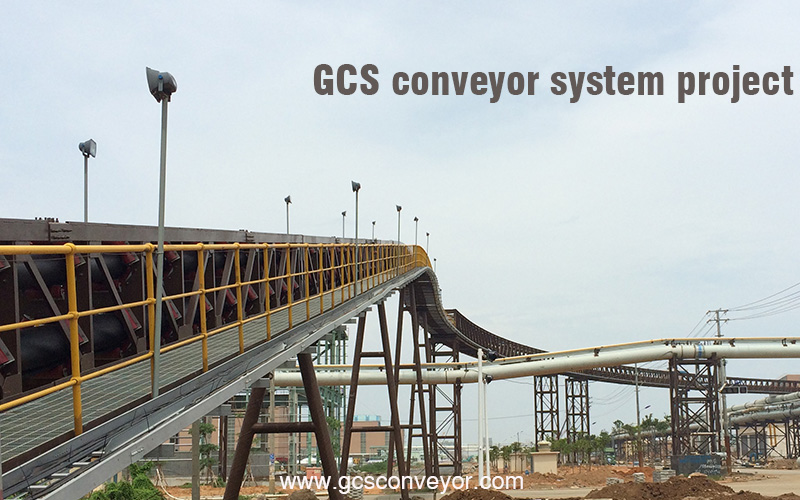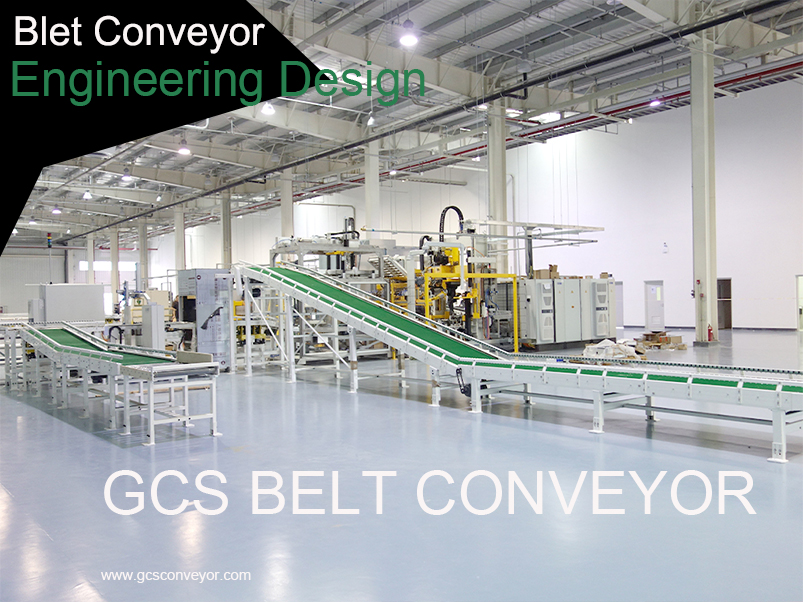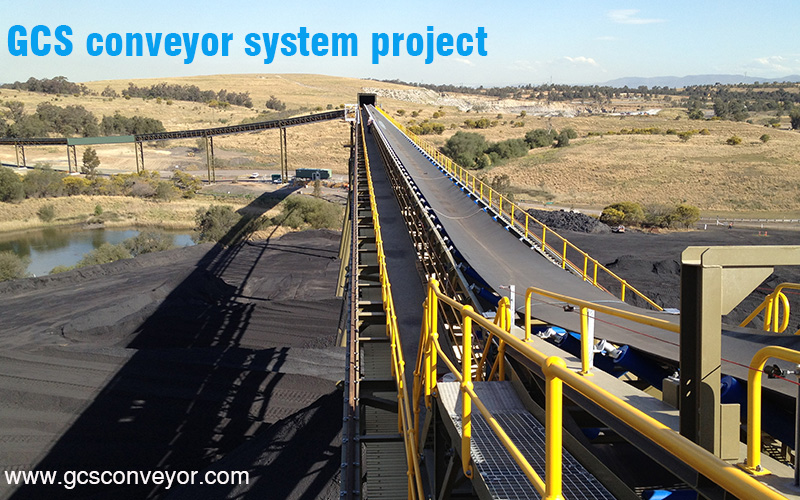Conveying systems are mechanical devices or components that transport materials with minimal power. Although there are many different kinds of idler conveying systems, they usually consist of the frame carrying rollers, large rollers, or belts on which the material is moved from one place to another. They can be driven by motor, gravity, or manually. These conveying systems are available in many different materials to suit the different products or materials that need to be transported.
Most people probably don't realize that most of the materials they buy or consume are made from metals, food, cosmetics, medical supplies, and plastics used in conveyor belts. In factory settings, conveyor belts are used to transport some of the materials from one side of the factory to the other to increase efficiency and reduce workload. Today, there are important uses in industries such as quarrying, mining, and mineral processing. Conveyors come in a variety of shapes and sizes and are used in different stages of production, depending on the industry and the size of the plant. In production assembly lines, conveyors have become an integral part of many automation facilities and applications.
The choice of conveyor depends on the type of product, throughput or speed, and elevation changes. In some cases, it also depends on the focus of the industry. For example, belt conveyors come in a variety of sizes, ranging from a few feet long units used on packaging lines to several miles long systems used in mining operations. Conveyors can be manually driven, where the product is moved manually on rollers or wheels; engine/motor-driven; or gravity-driven. Generally, however, they are driven either directly by AC and DC motors or by reduction gears, chains, sprockets, etc. The product is usually moved in the upper plane of the conveyor, but there are exceptions.
Space-saving precision transport category:
In dry cleaners, slaughterhouses, or anywhere where floor space is a concern, overhead conveyors can be used which suspend loads from trolleys traveling along an overhead track. Other conveyors, such as screw and pneumatic, convey their products through semi-enclosed troughs or tubes. These conveyors usually handle dry products and powders. Some conveyors are designed to move products precisely between manufacturing operations. An example of this type is the stepper beam conveyor. Other conveyors move difficult-to-handle products (such as cosmetic bottles) through filling machines, labeling machines, and other processes by keeping each container in a separate disc or tray. Application scenarios of this type include, among others, sushi restaurants, dry cleaners, airports, etc.
Modular transport:
Conveyors are sometimes custom-designed from modular components, such as straight lines, curves, transitions, mergers, separators, and other automated industries. Manufacturers of such components often provide design expertise and installation assistance. Other conveyors are stand-alone systems, complete with drives and controls. Manual roller and wheel conveyors can often be purchased as discrete sections and bolted together to form a material handling system of almost any length. Typically, powered conveyors use a head and tail shaft, where the head end provides the drive and the tail end provides the adjustment of chain or belt tension. Commonly used in production halls, express logistics transport, etc.
Long-distance material transport:
Examples include cement, mining, and agricultural transport. Conveyor control can be of the simple on/off type, the slightly more complex soft start type, which buffers the load during start-up, or variable frequency drives that can control the speed, acceleration, etc. of the AC motor. Very long belt conveyors for conveying ores and other products often rely on conveyor belt rollers to form troughs in the belt to better contain the material being conveyed.
For more information on conveyor design, production, and maintenance in use, please visit the website: www.gcsconveyor.com or contact the excellent roller conveyor manufacturer, GCS.
GCS reserves the right to change dimensions and critical data at any time without any notice. Customers must ensure that they receive certified drawings from GCS prior to finalizing design details.
Post time: Jun-14-2022






